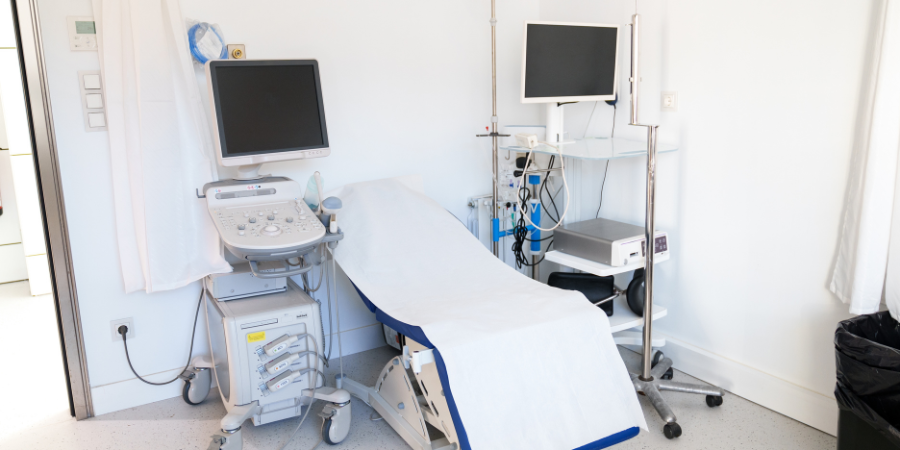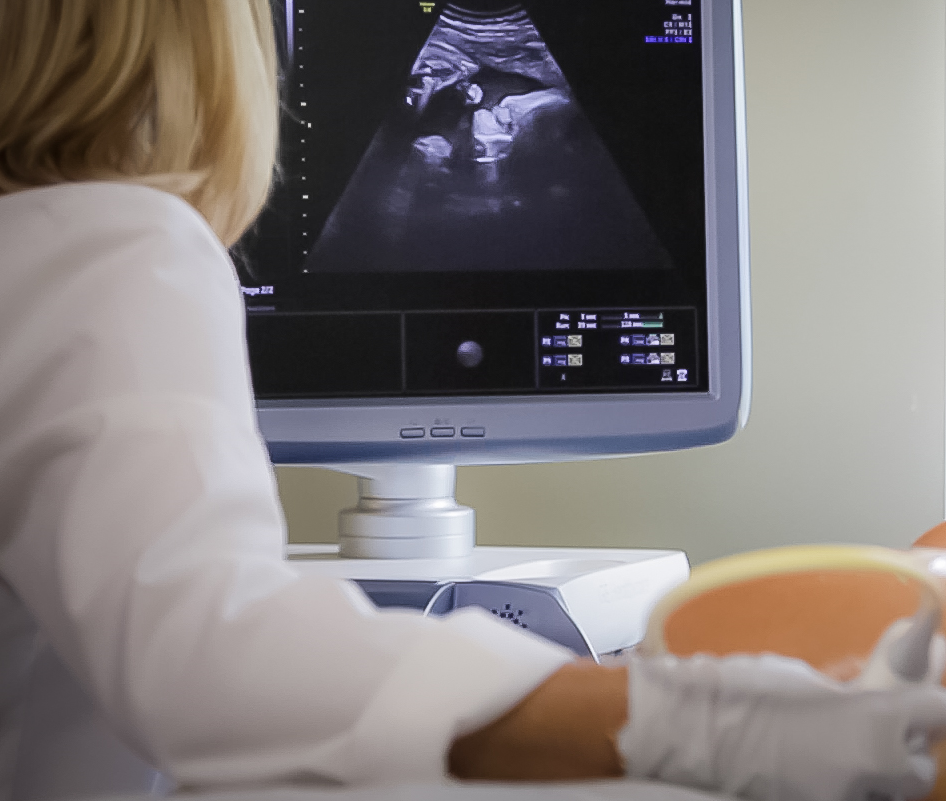
Latest Innovations in Ultrasound Machine Technology
Ultrasound technology has advanced by leaps and bounds in the last decade. Innovations like 3D imaging and artificial intelligence (AI) allow clinicians to provide faster and more precise diagnoses. Healthcare providers also use handheld and portable ultrasound machines to assess patients from any location.
These advancements offer many benefits for medical professionals and patients. Clinicians use ultrasound for a broad range of applications, including detecting tumors, guiding medical procedures, and showing expectant parents live video of their fetuses. This technology improves patient outcomes by enabling more personalized and less invasive treatments.
Staying up-to-date with the latest ultrasound innovations allows you to provide optimal care. This article explores recent advancements and trends in ultrasound machine technology.
Enhanced Image Quality and Resolution
Say goodbye to blurry, pixelated ultrasound images. The latest machines provide high-definition imaging and advanced contrast resolution for clearer and more detailed medical images.
For example, many high-end machines have advanced imaging capabilities like Contrast Enhanced Ultrasound and Speckle Reduction Imaging. These premium features improve the visualization of organs and tissues and enable more precise diagnoses.
Many ultrasound systems also use tissue harmonic imaging for clearer image quality. These machines penetrate the tissue with an ultrasound beam and use the resulting harmonic signals to produce sharper images.
Ultrasound machines with high-quality images offer many benefits. They save time by allowing healthcare providers to make quicker diagnoses and develop treatment plans more efficiently. Ultrasound is also non-invasive, leading to more comfortable and positive experiences for patients.
Artificial Intelligence in Ultrasound
Manufacturers increasingly integrate AI with ultrasound systems to provide diagnostic support for sonographers. AI algorithms automatically detect various structures and abnormalities during medical imaging. They also enhance and analyze images in real time, improving diagnosis accuracy.
For example, some AI solutions help users detect and identify breast lesions, accelerating diagnosis and treatment. Ultrasound systems can also use AI to label organs during abdomen scans, increasing efficiency.
Sonographers and other healthcare providers can also use AI to streamline workflows. An AI application could process hundreds or thousands of scans daily. By contrast, a human can only read 50 to 100 scans daily. Combining this technology with human expertise allows healthcare organizations to treat more patients and deliver timelier care.

The Impact of Technology on Machine Cost
Technological advancements in medical imaging can feel like a double-edged sword. Ultrasound machines with sophisticated capabilities and increased functionality often have higher upfront costs. These expenses make high-end machines less affordable for healthcare organizations on a tight budget.
However, these advancements also boost efficiency and streamline workflows. They allow providers to deliver faster diagnoses and reduce the need for additional imaging tests. These systems also improve patient care, which may lead to fewer complications. As a result, investing in top-notch ultrasound technology can lead to long-term cost savings.
It’s also important to note that healthcare organizations don’t need to buy the most expensive ultrasound systems to use advancing imaging technology. Many mid-tier and budget machines provide clear imaging and auto-measurement tools.
Providers can also save money by outsourcing the maintenance and staffing of ultrasound machines. Premier Ultrasound Services will help you set up cutting-edge ultrasound systems that fit your organization’s unique needs and workflows. We also provide experienced and accredited sonographers so you don’t have to spend time hiring and training employees. Our sonographers use the latest techniques and best practices to deliver quality patient care.
3D/4D Ultrasound Advancements
A growing number of medical professionals have embraced 3D and 4D ultrasound technology. These advancements are particularly beneficial for OB-GYN providers.
3D ultrasound lets clinicians obtain volume data during imaging and view structures from multiple perspectives. This tool enables more comprehensive anatomical visualization for complex diagnoses. It also allows sonographers to detect common fetal abnormalities, such as cleft lip and neural tube defects.
4D ultrasound provides a live stream video of anatomical structures. Sonographers can use this technology to monitor movement, blood flow, and other internal processes in real time. It also improves prenatal care experiences by allowing expectant parents to record keepsake videos and bond with their unborn child.
Emerging Applications and Specialization
People typically associate ultrasound with pregnancy monitoring, but the use of this technology has extended far beyond traditional applications. Here are two emerging applications for ultrasound systems.
Image-Guided Procedures
Many clinicians have adopted ultrasound-guided interventions. They use an ultrasound system to view anatomical structures in real time as they perform delicate medical procedures.
For example, medical professionals can use ultrasound to guide needle placement during biopsies and catheter placement. This technology is also frequently used for image-guided radiation therapy. During these treatments, clinicians use ultrasound to position patients to ensure that the radiation targets the right areas.
Point-of-Care Ultrasound
Point-of-care ultrasound (POCUS) is a handheld or portable diagnostic machine. Healthcare providers can bring this system to the patient bedside or exam rooms to provide onsite imaging.
POCUS allows patients to receive faster and more convenient care. This technology is especially valuable in rural communities, where patients often don’t have ready access to specialized radiology facilities. Healthcare providers can bring portable ultrasound machines directly to these patients so they don’t have to travel long distances for care.
Step Into the Future with Ultrasound Technology
Ultrasound technology has evolved rapidly, an evolution that shows no sign of slowing down. Innovations like artificial intelligence improve ultrasound image quality, while 3D and 4D technology provide more detailed visualization. As ultrasound continues to develop, new innovations will allow clinicians to continue delivering exceptional and increasingly personalized patient care.



